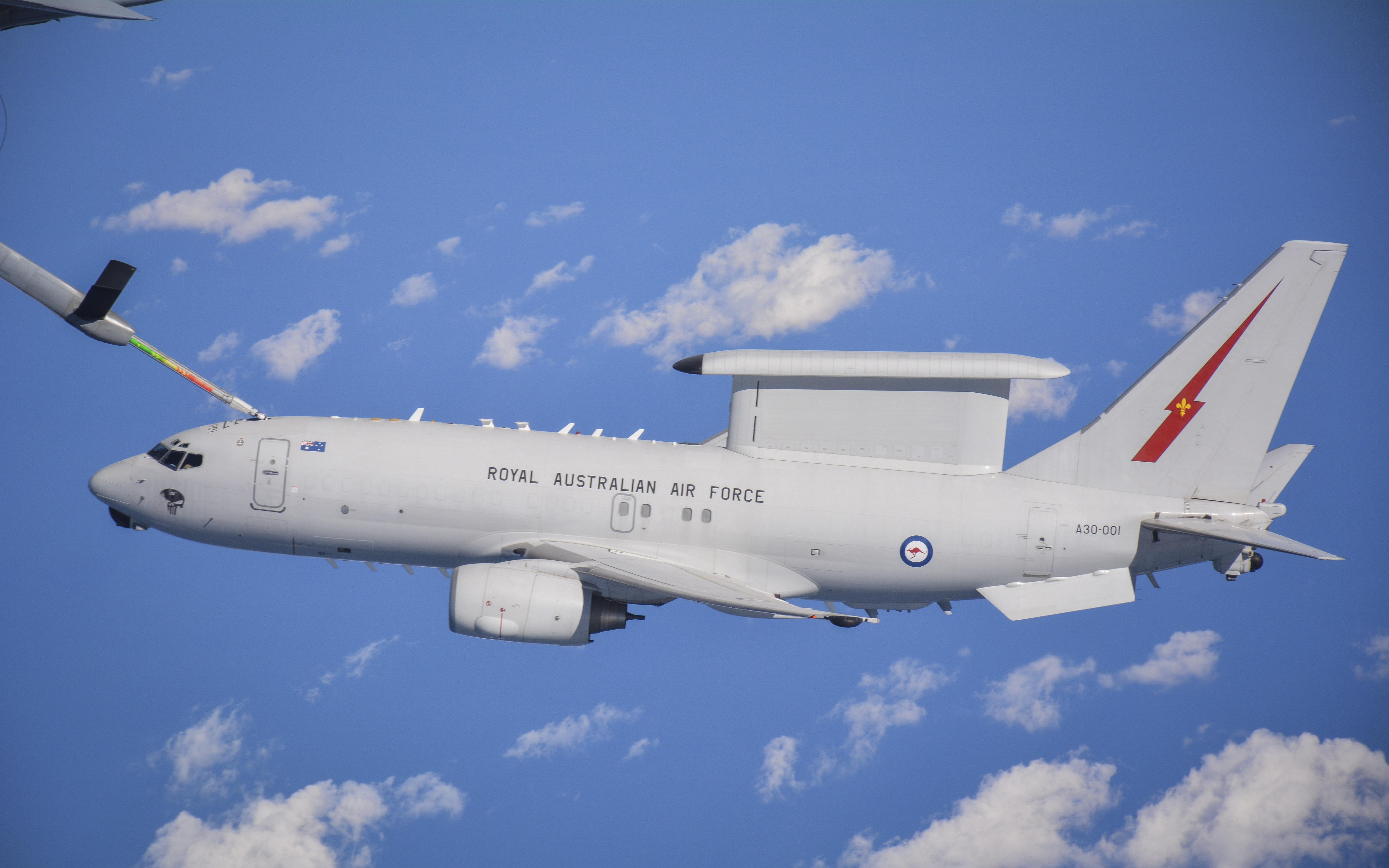
Western suppliers of airborne early warning aircraft have responded to a surprise NATO request for information (RFI) about the platforms.
Boeing, Northrop Grumman and Saab all have confirmed they responded to the NATO Support and Procurement Agency (NSPA) RFI, with Boeing supplying data on its 737-based E-7, Northrop Grumman supplying data on its E-2D Advanced Hawkeye, and Saab detailing its Bombardier Global business jet-based GlobalEye.
According to NSPA, the RFI is part of its activity around what calls the Initial - Alliance Future Surveillance and Control (I-AFSC) program, the first step in the development of a future surveillance system that will replace NATO’s aging fleet of Boeing E-3 Sentry AEW aircraft in 2035.
The Geilenkirchen, Germany-based E-3 Sentry fleet has been in service with NATO since the early 1980s.
Until now, the AFSC effort has been focused on what alliance officials have described as a multidomain surveillance and command and control system. It uses a distributed system of systems communicating using high bandwidth technologies and automation and linking up existing capabilities already in service with alliance member states.
Notably, the AFSC efforts so far have not discussed the need for an airborne high-powered radar platform, and NSPA officials say the RFI “does not suggest or imply a change in direction for the AFSC program.” NSPA told Aerospace DAILY the RFI was sent to other companies and their answers are being assessed.
It has been suggested the U.S. decision to begin looking at replacing its Boeing 707-based E-3 fleet may prompt other operators of the type to look again at their replacement options. Royal Air Force officials also suggested last summer that a U.S. Air Force buy of E-7s likely would lead to NATO also adopting the type.
The E-7 is already in service with Australia, South Korea and Turkey, and a new conversion line has been opened in the UK to meet a Royal Air Force order for three aircraft.
In its Feb. 21 press release announcing its response to the RFI, Saab’s Carl-Johan Bergholm, head of the company’s surveillance business, said Saab is a “proven and trusted part of NATO’s defense industrial base.”
“Our solutions, including GlobalEye, are from the outset developed to be compliant with NATO’s requirements. I am confident that we can contribute with important capabilities that will strengthen NATO and benefit the member countries,” Bergholm said. The GlobalEye, which was developed in conjunction with the United Arab Emirates, has also been ordered by Sweden for its future AEW needs.
A Boeing spokesperson told Aerospace DAILY it was “pleased to offer” the E-7 in response to the NATO RFI. “The E-7 is the right capability for a uniquely demanding mission in a changing global battlespace as a combat-proven airborne battle management platform ... NATO allies and partners have already seen E-7 as a proven, mission-critical asset across the globe.
Boeing already was involved in pursuing AFSC through its ABILITI consortium, which also includes Spain’s Indra, Inmarsat, Leonardo and Thales.
Northrop Grumman confirmed to Aerospace DAILY on Feb. 23 that it too had responded to the RFI in conjunction with members of the ASPAARO consortium, which also was engaged in the AFSC contest.
Janice Zilch, Northrop Grumman’s vice president for multi-domain command and control programs, said the E-2D would preserve NATO’s vision for multi-domain command and control.
“The E-2D will equip NATO and its member countries with technology that has continuously outpaced evolving threats,” Zilch said.
[Editor's Note: This story was amended to include information about Northrop Grumman's response to the RFI.]
